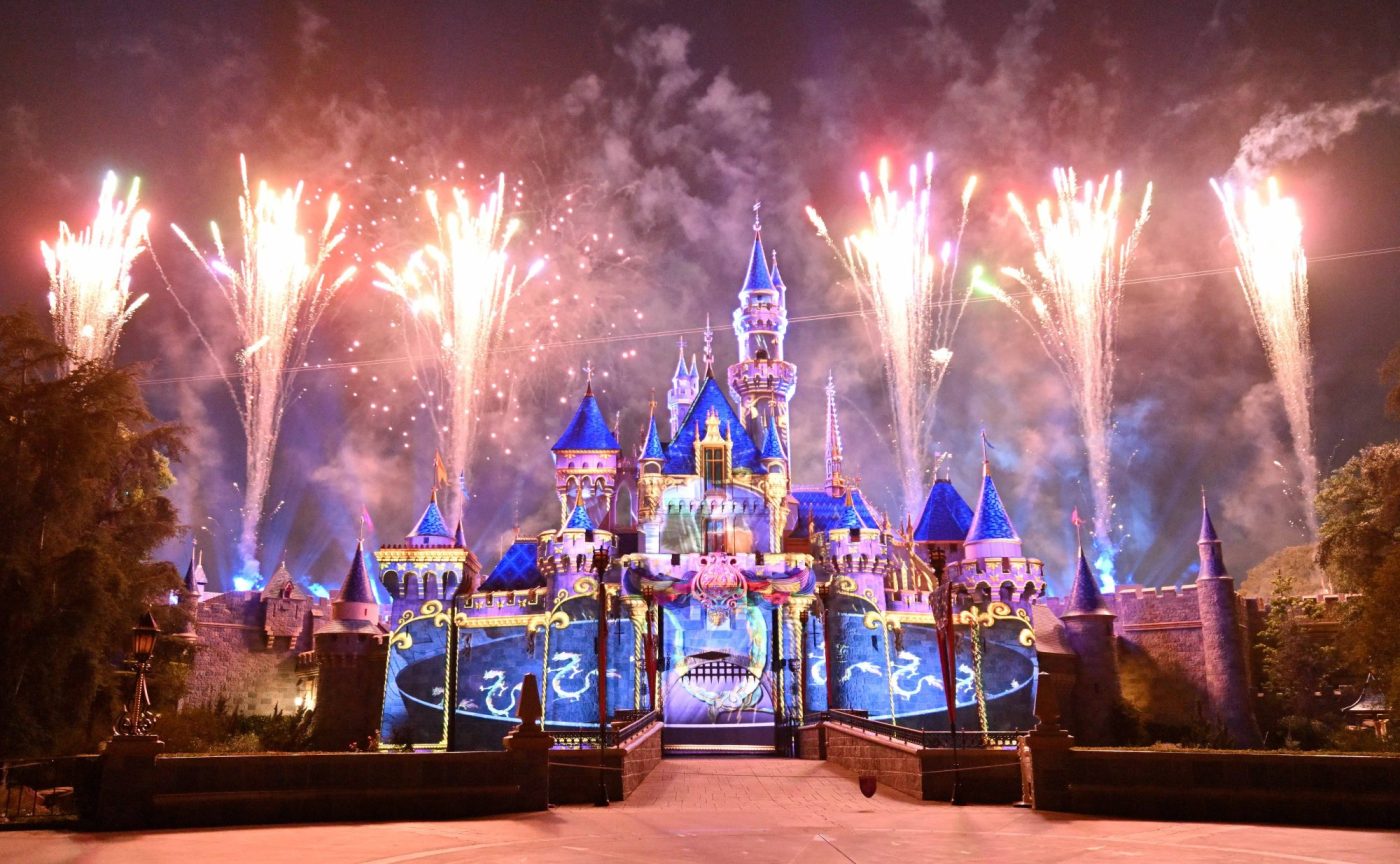Here is a request for my fellow writers and journalists around the world. Please stop using “Disneyland” as a metaphor for something fake or tacky.
Look, I understand the challenge in finding useful metaphors these days. The monoculture that we seemed to have had a generation ago is gone. Average TV shows no longer command tens of millions of viewers each week. Pop music has fractured into disparate genres. It’s tough to find anything that draws massive number of fans across multiple demographic groups — the requirement for a useful common reference point.
Yet Disney’s theme parks still offer that. Hundreds of millions of people around the world have visited a Disney park at some point during their lives. When you say “Disneyland,” or “Walt Disney World,” all those people recall a personal experience. That makes Disney one of the few remaining powerful cultural experiences that many of us share.
That utility for writers brings with it risk. If writers’ intention in using Disneyland as a metaphor does not match readers’ experience in visiting Disneyland, the metaphor does not just fail, those writers risk making themselves look like idiots who do not know what they are writing about.
Several times in just the past week, I have checked out of reading a post online because the writer referenced Disneyland in a way that does not match my experience in visiting the park for decades. Disneyland may be a creative work, but that does not make it fake.
Creative works become powerful when they speak to truths in our lives. The best works of fiction touch people’s real, genuine emotions in ways that nonfiction works often struggle to do. Disneyland works so well because it feels so real in depicting its stories. There is a meme on social media now where a wild, natural vista is presented with the words, “I can’t believe people visit Disney when places like this exist.”
The joke is that each of those seemingly wild-looking places is located within a Disney theme park. To millions of fans, Disneyland’s human-made environments are desirable attractions — places that mean something to them. That’s not something to deride.
Disneyland also offers an ideal of what a community can be: walkable, physically accommodating and emotionally engaging. Anyone designing a commercial space would love to enjoy the success that Disneyland has had for nearly 70 years. That is why Disneyland has become a design inspiration for countless architects and urban planners over those years.
Yes, you can find plenty of tacky design in amusement parks and attractions across the country. Yet, in my experience, the only people who use Disneyland as a generic term for the entire industry are people who do not have much experience with this industry.
Effective use of metaphor offers writers an opportunity to connect with readers and build credibility through a shared experience. But you need actually to have that experience to make it work. Maybe it’s time for more writers to visit Disneyland before writing about Disneyland.
